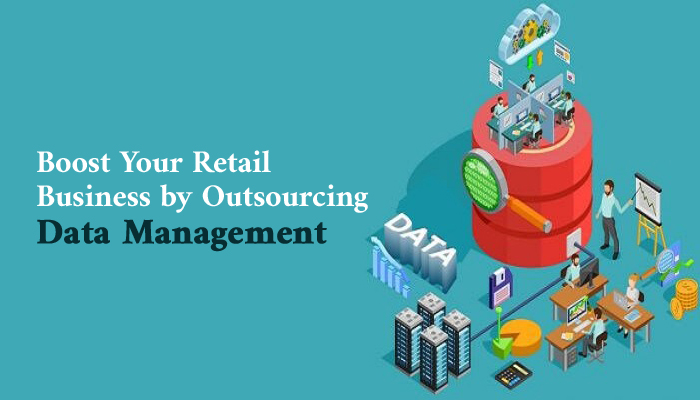
Retail clients are a demanding group in this day and age. In the one hand, they keep fast to their credit cards and purses, and on the other hand, they demand better service, deals, and thus the finest goods until they are willing to make a transaction. For retail workers, a modern retail POS solution is easy to figure out and provides great shopping experience by accepting coupons and respecting promotional offers. We will specialize in another benefit of a contemporary, online retail POS solution, which is regular and potential trend spotting throughout this post. How do these things work during these tough times to boost your profits?
Regular trend spotting through a solution for retail POS
Particularly when you attract customers with coupons or email rewards to your commercial establishment, it is difficult to predict the response you will get. Recently, any discount or “buy one, get one free” deals are everywhere for customers. As a business owner, in all of your shops, you can find notices for any very unusual spikes in events. If unusual activity occurs, you will be prepared to manage it in real time, provide the stores with additional supplies if appropriate, assisted by the valuable time inventory information provided by the retail POS system. To satisfy the demand, you will also be ready to change the offer as required.
Trend spotting for the long term
You would have easy access to any or some kind of trend data that you can simply spend hours and days accumulating with the obsolete registry system by installing a contemporary retail POS system. Automated sales data collection by model, type, color, and other attributes, such as time of day, day of week, and month of year, will enable you to recognize your store’s regular, weekly, and seasonal patterns. For example, you can recognize that sales are slow early in the morning or late in the dark, and will be ready to properly adjust store hours and save on employee salaries. Otherwise, you might find that some models or brands outsell others, so you’d be prepared to put some goods on sale sooner, rather than simply give them away until the season is over for nothing.
Within the data flow scheme within a retail data solutions enterprise, analytics plays a critical role. Through the POS computer, a typical retailer produces quite a thousand information points. The strategic decisions supported by this knowledge are difficult for a retailer to make.
A typical distributor has a lot of sales information stored in their systems. In order to increase retail competitiveness, the latest innovations have the ability to use these historical results. Retailers are seeking to improve their product ranges, service levels and pricing models to create a competitive advantage over competition. Retailers tend to scale back their cost-to-serve per customer to avoid value attrition and to protect margins, thus ensuring that a customer’s entire cost of ownership is reduced over time. Another important sector for retailers to specialize in and reach clients more effectively and efficiently is the management of promotional plans.
With insufficient analytical tools to read the heartbeat of their business processes, small and mid-sized retailers face problems. With day-to-day sales analysis, segment analysis and brand share analysis for all products, retailers are not able to follow up.
Most retailers collect every transaction from every store, monitor every product movement and record every contact with customer service. Therefore, awareness is not missing, but how do I convert all that information into actionable information? How this data is commonly used to make informed decisions? The most important goal of an IT department for a commercial establishment is to turn the data into usable and useful knowledge.
Business analytics helps to promote insights from structured data, such as reporting on revenue and productivity, forecasting, inventory management, market basket analysis, product affinity, customer clustering, customer segmentation, trend detection, seasonality identification, and awareness of secret loss reduction and store management trends.
In wide databases, analytical methods such as statistical analysis, data analysis and analytical tools aid in understanding patterns and trends. Once we use them to create analytical models, they provide the sting for decision making. Although descriptive analysis helps to define problems and analyze causes, the accuracy and efficacy of the process of determining is enhanced through predictive analytics.
In the rapidly evolving competitive market climate, the center stage for each organization is educated and intelligent decisions. Data analytics and predictive approaches help to shape strategic decisions and provide a company with useful insights.
Data Analytics is the science of twiddling with sales statistics to make rational choices by slicing and dicing the information to understand trends and connections that would offer a competitive edge to the business.
In order to be able to make the right decision, retailers had to examine different tactics involving merchandising, pricing, promotion, markup and markdown. In order to shape predictions about future events, statistical and mathematical methods are not used to evaluate current and historical data. In order to define threats and possibilities, trends found in historical and transactional data are used.
A description of top performers, bottom performers, key value items, revenue performance, forecasting, trend and seasonality is provided by data analytics. Analysis of inventory management allows a retailer to maintain a minimum inventory without running out of stock. The analytical team utilizes sophisticated statistical tools, supercomputers and complex mathematics to provide the consumer with actionable insights. Advanced analytical models, formulas and predictive methods are not able to estimate a product’s longer-term demand. The influence of holidays, seasonality and pattern effects are included in this study.

